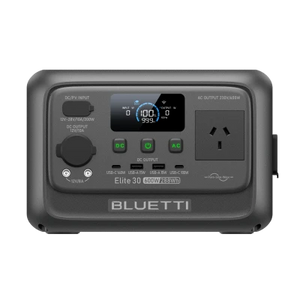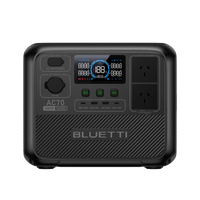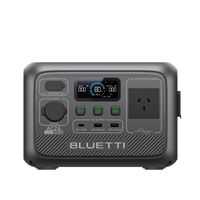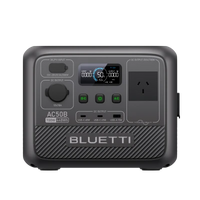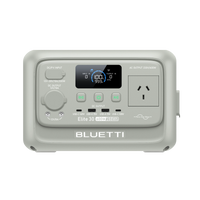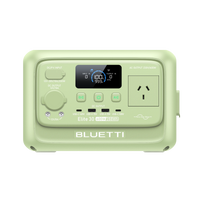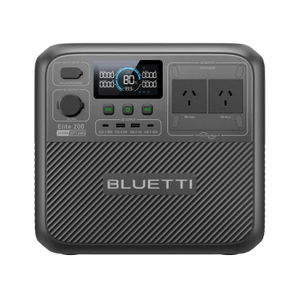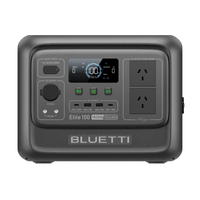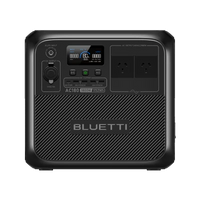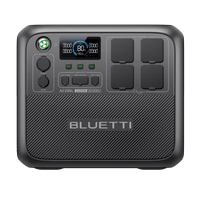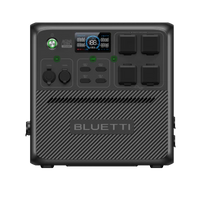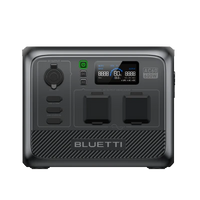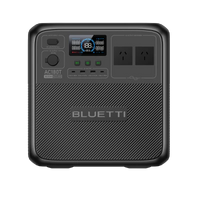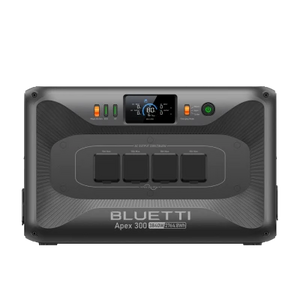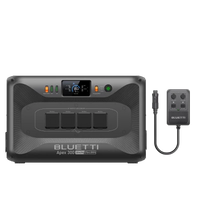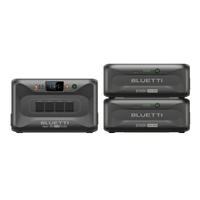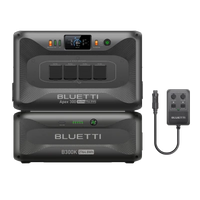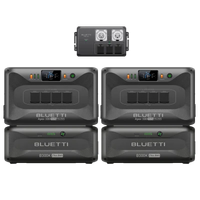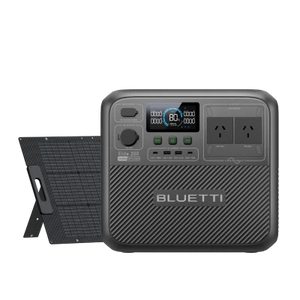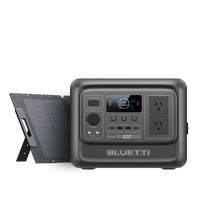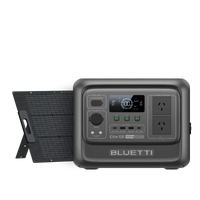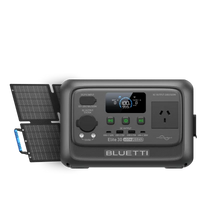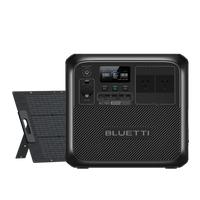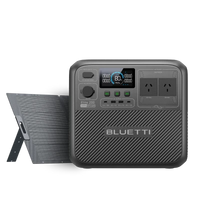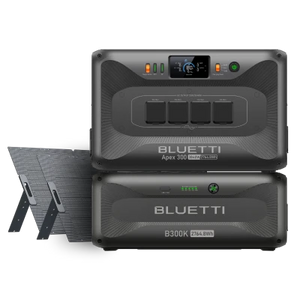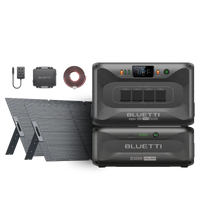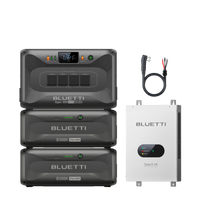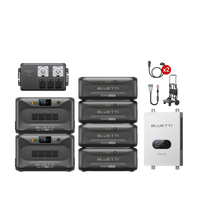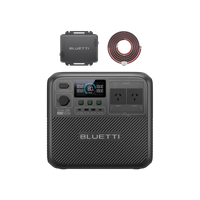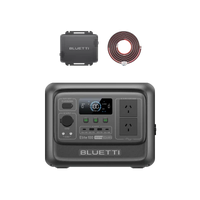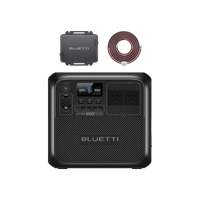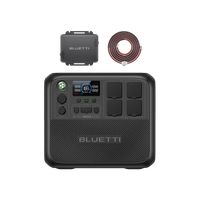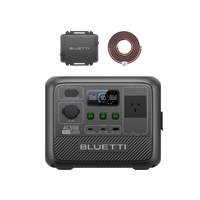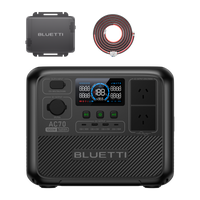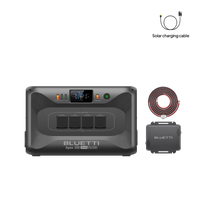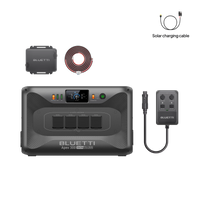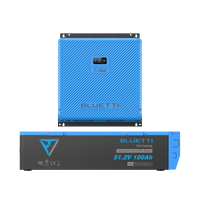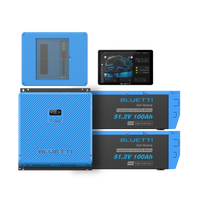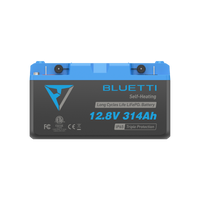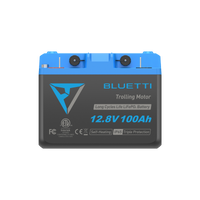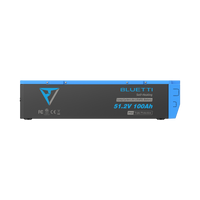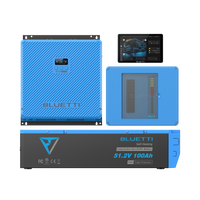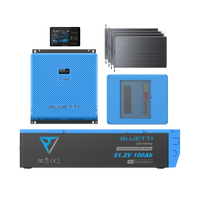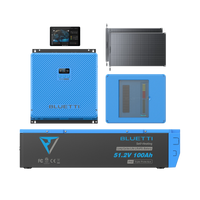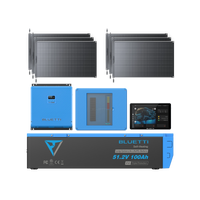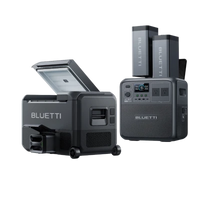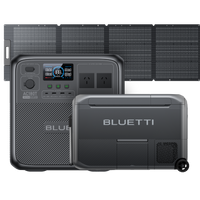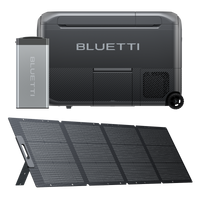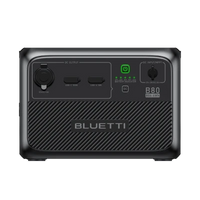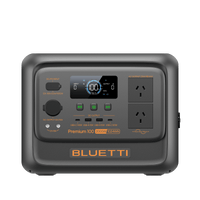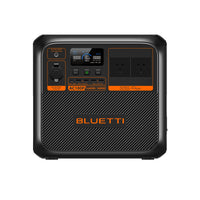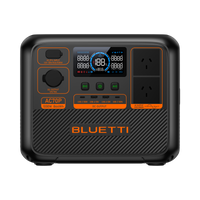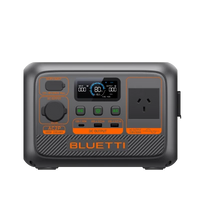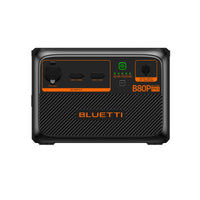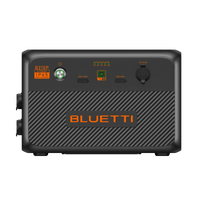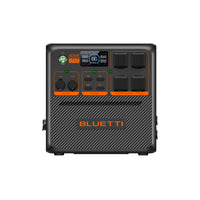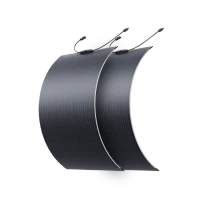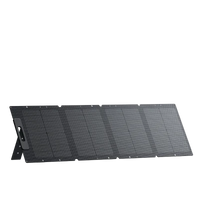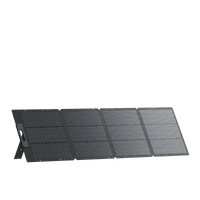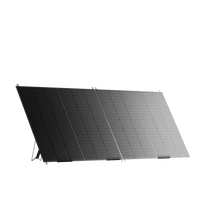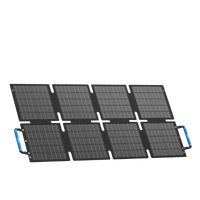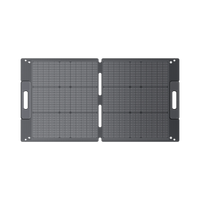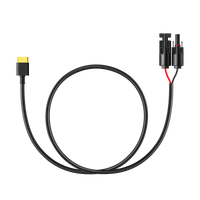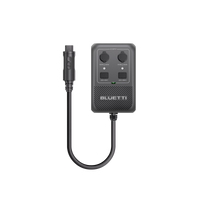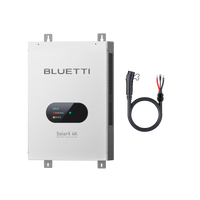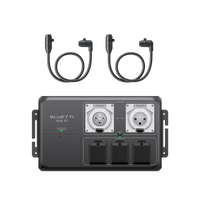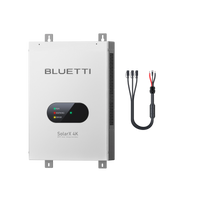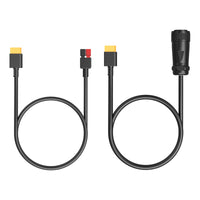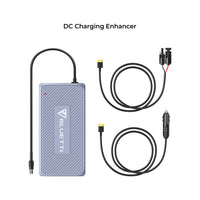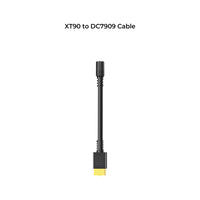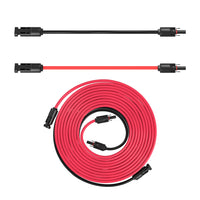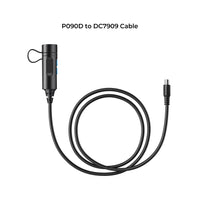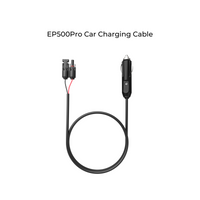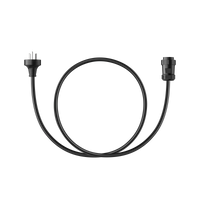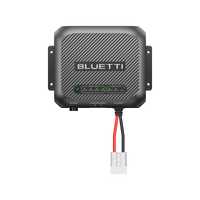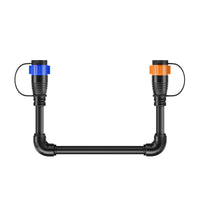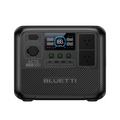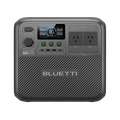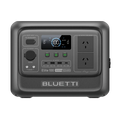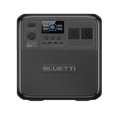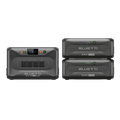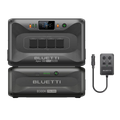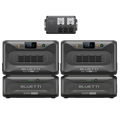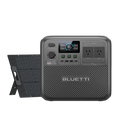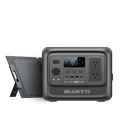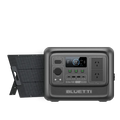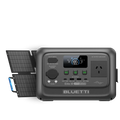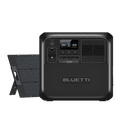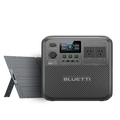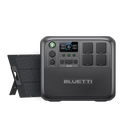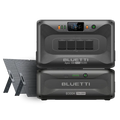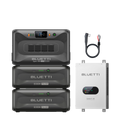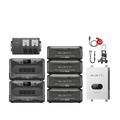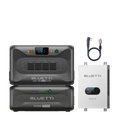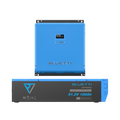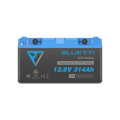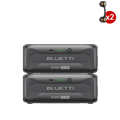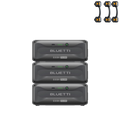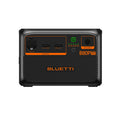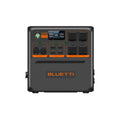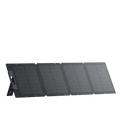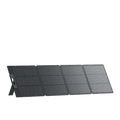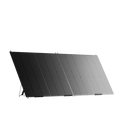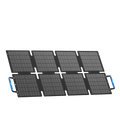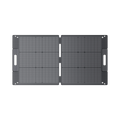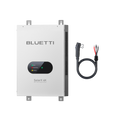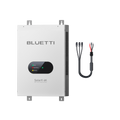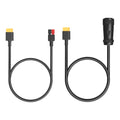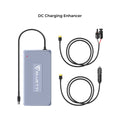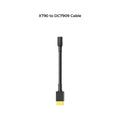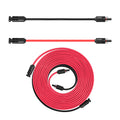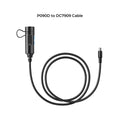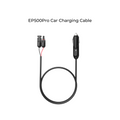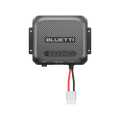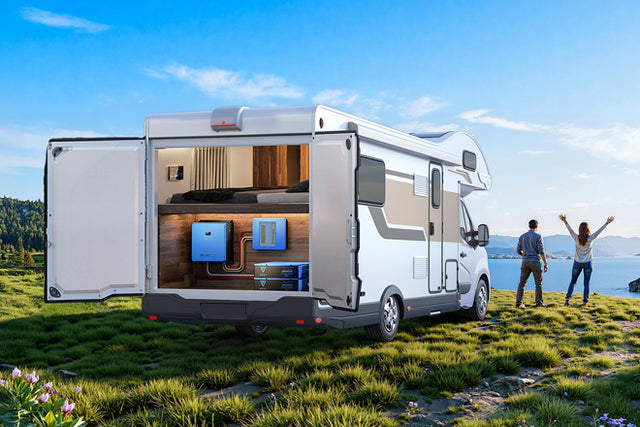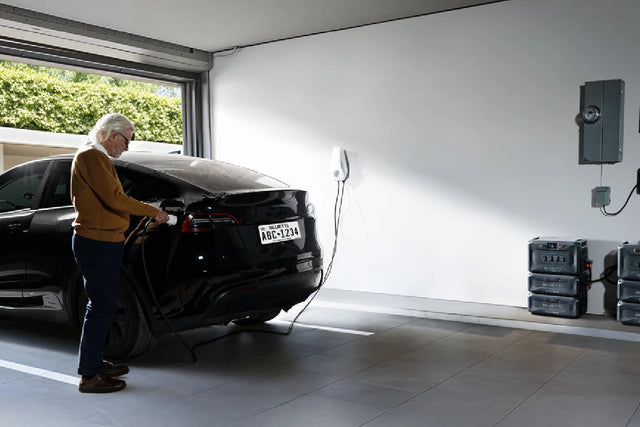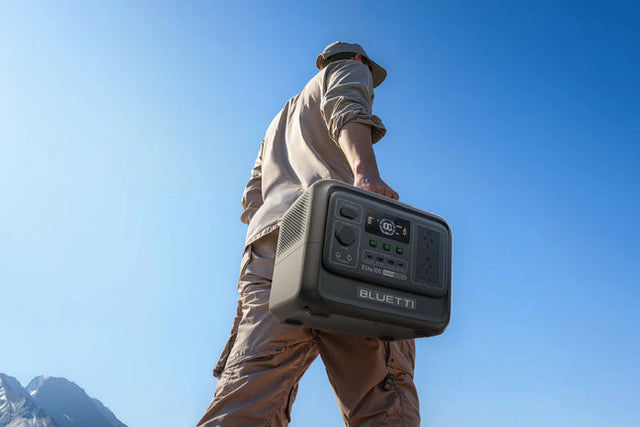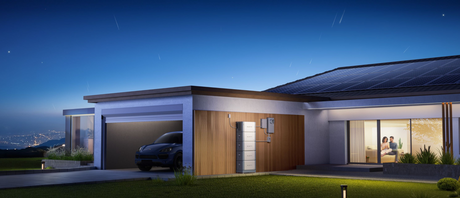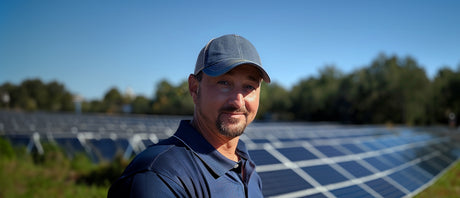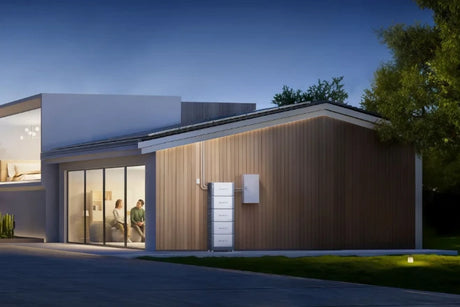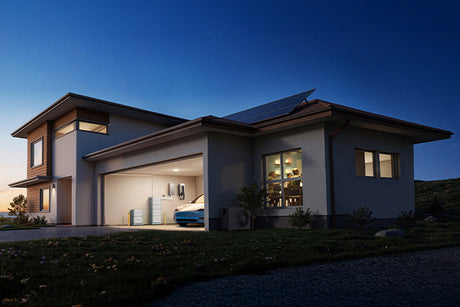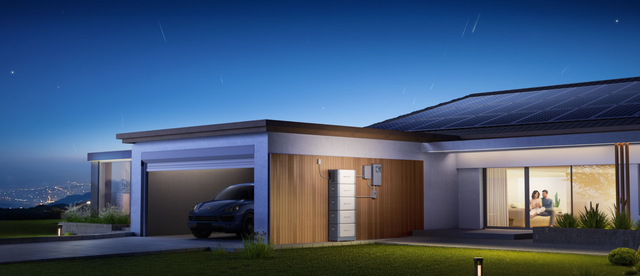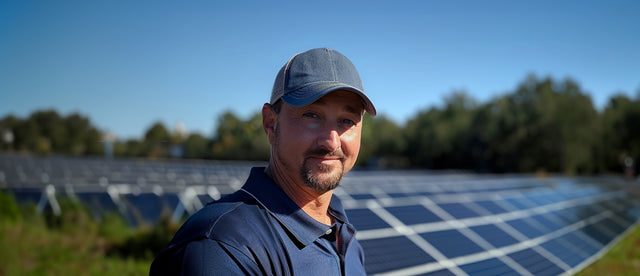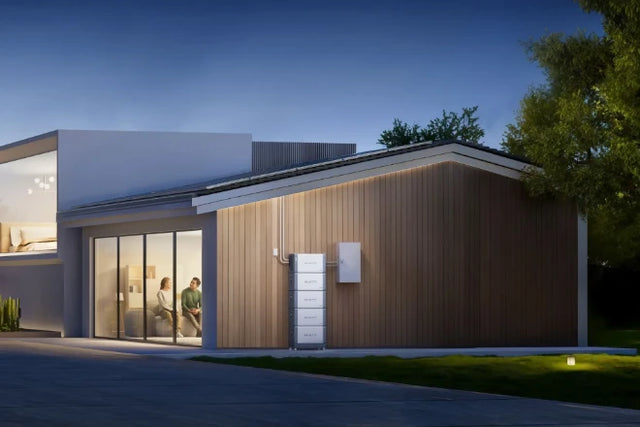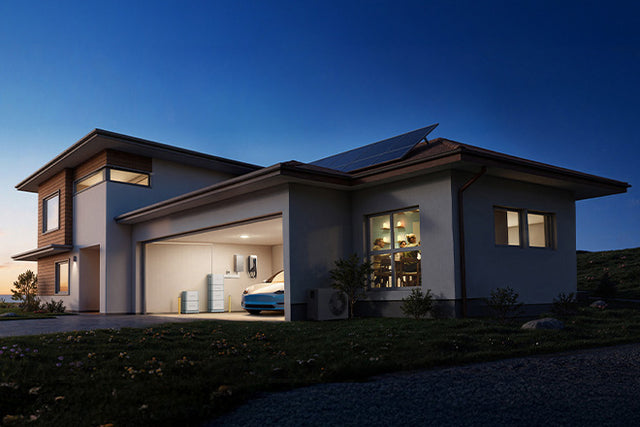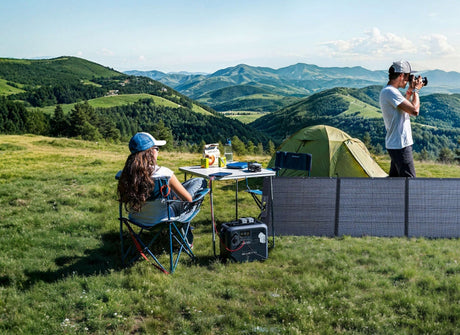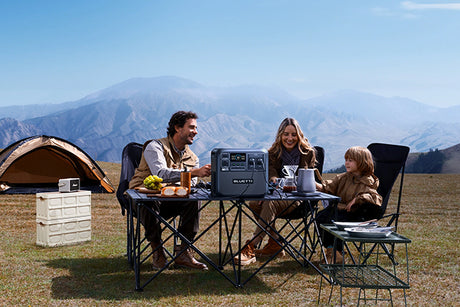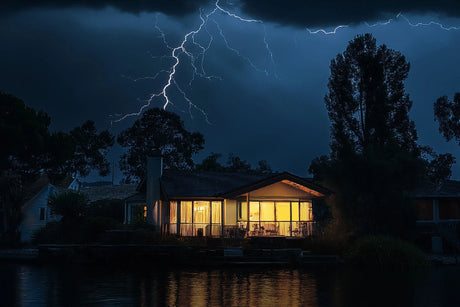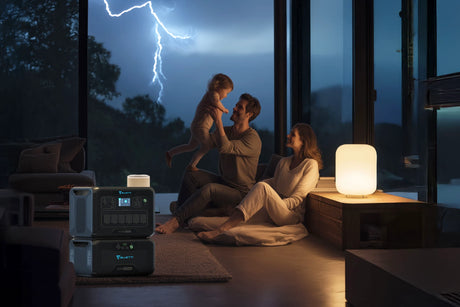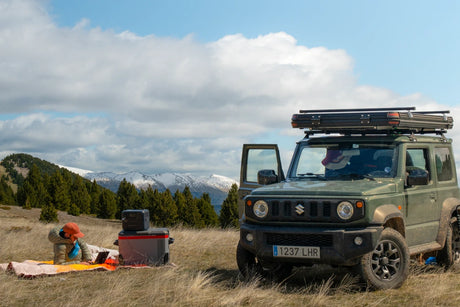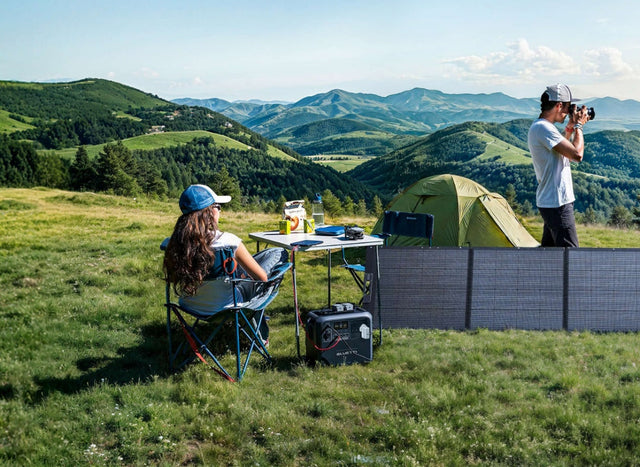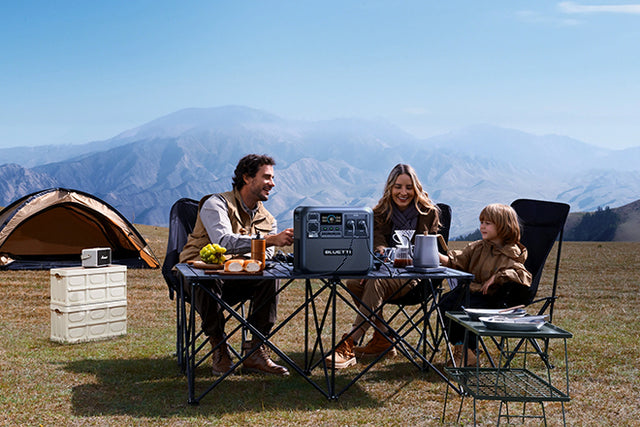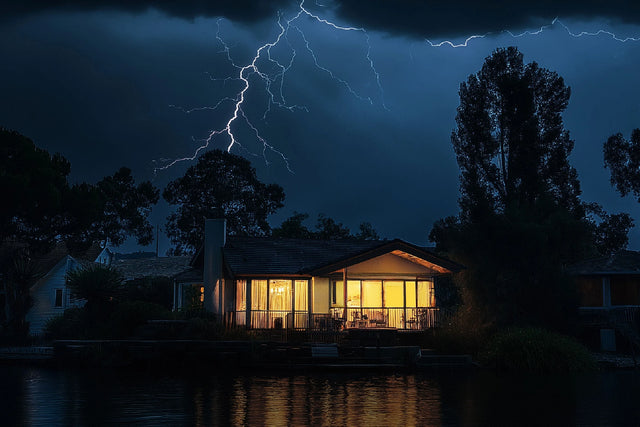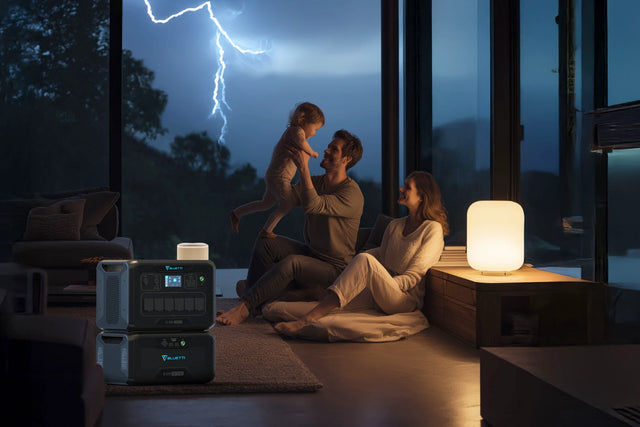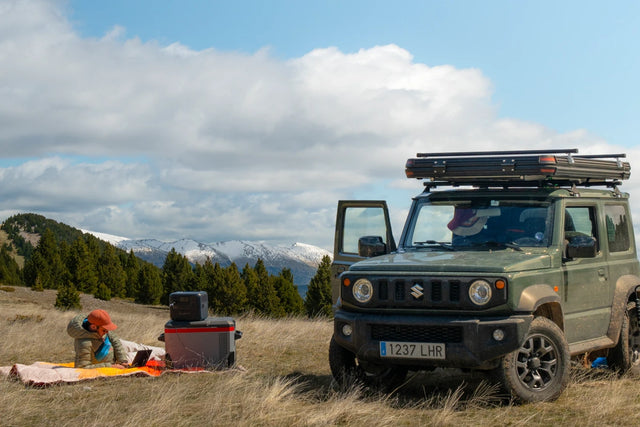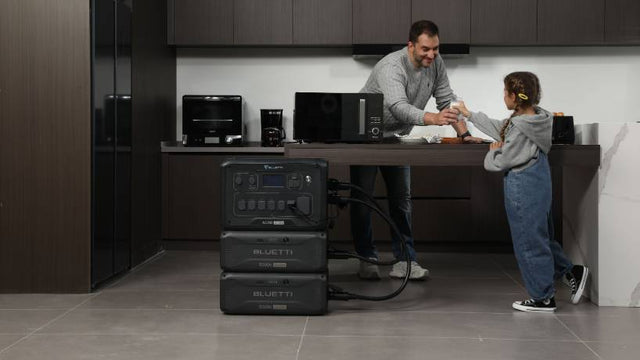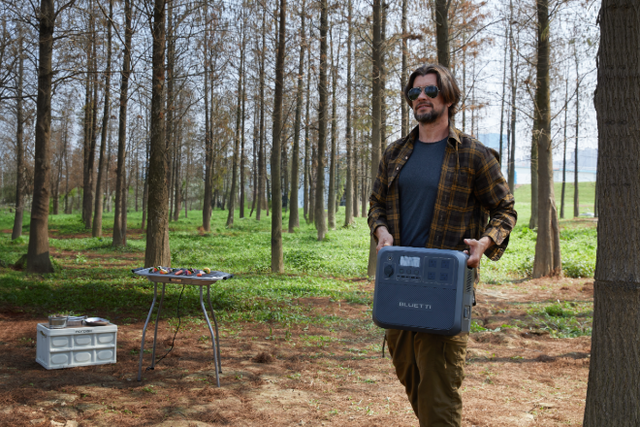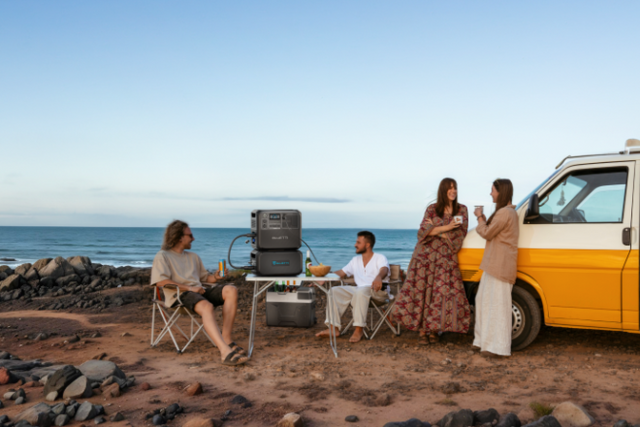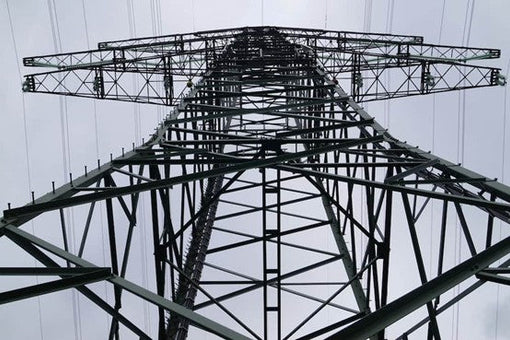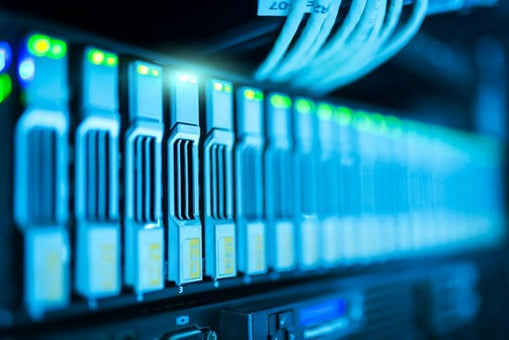What if every single rooftop solar panel plus a home battery could do much more than just reduce your own power bill and hold the lights on over your head? What if those panels actually could keep the state lit? Here comes the Virtual Power Plant (VPP). It helps the thousands of homes to link into one giant, cloud-connected power station, changing how people make, save, and share energy. It is trying to produce cleaner power, stronger grid reliability, and real savings. Let’s explore more.
What Is the SA Virtual Power Plant?
A Virtual Power Plant, or VPP. By definition, this is a government-backed, large-scale effort to change the minds of Australians about energy. The SA Government inspired Tesla and Energy Locals to bring affordable clean energy to consumers, not only to those who can access it. The whole system works with intelligent software that determines each moment whether it should store energy, consume it within the household, or send it back into the grid. The benefits are lower household bills, higher stabilizing effects on the grid, and a gigantic leap in reduced carbon emissions.
What’s The Bid Idea?
It's not just about putting technology into place. It is changing the way energy is produced and consumed. Australians have long depended on large centralized coal or gas plants- that system worked, but at a cost of pollution, expensive fuel, and an increasingly fragile grid. The "Big Idea" sounds deceptively simple: instead of one big power plant, why not connect thousands of smaller renewable ones? On the rooftops, every solar-battery system becomes a small brick in a large wall of energy; they provide energy as well as routine needs for households and can even offer power in case of emergencies. And the best place to trial this would be South Australia. The VPP proposes a fine solution: use batteries to store up all that daytime solar for release in the evening peak.
Who Runs It?
Okay, but who runs this mega project? Basically, it's a collective effort.
- The SA Government, which provided initial funding, set the vision and rolled it out through public housing first. Without that political push, it probably wouldn't have happened.
- Tesla-They supplied most of the hardware, specifically the Powerwall batteries, and also provided the original controlling software.
- Energy Locals - Some retailers partnered to offer EBA-specific electricity plans that would be available for VPP enrollees.
- AGL - From 2025, AGL will run the large-scale operation program. Now, their intelligent software controls the complete system.
- Households-the quiet heroes of the story. Thousands of everyday South Australians, from suburban families to renters in public housing, have said yes to being a part of it.
How It Works
While it may seem complicated engineering, the SA VPP really breaks down easily into a very simple model.

Step 1: Sunshine Sets the Scene
We know very well the sunshine of South Australia. Solar panels mounted on roofs collect sunshine in the daytime and convert it into electricity. During the day, households use this energy. Traditionally, they would export that surplus feed-in power to the grid at a very low tariff. But in the VPP model, there is so much more to it.
Step 2: Make It Matter; Keep It
Let that extra electricity flow into the home battery rather than allowing it to drain away; the most well-known battery of them all is the Tesla Powerwall, of course. The concept of a battery is like your savings bank account, tapping into the deposit when the sun shines by charging the solar battery. Then you withdraw that energy later for use at night. But the surprise: the battery does not operate solo; it operates as part of a wider residential neighborhood team. While most attention has been given to Tesla, it is by no means the only player in the market for homes seeking intelligent energy management.
- BLUETTI EP760- A particularly amazing modular home backup solution with rugged configurations for long-term reliability and easily expanding storage.
- BLUETTI Apex 300-Highly portable, yet a versatile power station ideal for either smaller-scale storage or as an emergency power supply, or as a pair with solar panel systems in order to reduce grid reliance.

Step 3: The Brain Behind the Scene
An intelligent software comes with the AGL platforms. It is here that "virtual" in Virtual Power Plants comes into play. This means that your battery must respond to whatever real-time decisions are made based on three things: -
- Household needs- Ensuring you have power when you need it is the most important priority.
- Reserve for blackout - Battery reserves are set based on your decision about how much should be saved for blackouts.
- Conditions in the grid - If the grid is under pressure, the software summons the battery to lend a hand.
So, while preparing dinner or scrolling up or down Instagram, VPP makes really crucial decisions on:
- Keep charging this battery?
- Send this power back into the grid to stop prices shooting through the ceiling?
- Or hold energy back until later tonight?
Why It Matters
That speed differential is what the VPP can flaunt when stacked against traditional energy infrastructure. So:
- Your panels produce
- Your battery stores
- Software coordinates it all
- And then the grid comes to the party when it needs it most.
- And you? Just cut lower bills and a real feeling of being part of something bigger.
Why Should You Care?
You might ask yourself, "Well, what's in it for me?" It's really a fair question to ask: such a huge project is not just about shiny new technology or bragging rights for the government. It's real benefits that make sustainable households and the larger community.
Save Money on Bills
Best of all for households. By participating, most households save about $500 to $600 a year on electricity bills. Savings are even larger for low-income families living in public housing. Many of these homes obtained subsidized batteries, or even free batteries from the SA Government at inception.

Help the Grid and Community
One thing that most people forget is that by partnering with the VPP, you together make a contribution to the well-being of the whole community. It doesn't just save costs for VPP participants but for everyone, plus together they strengthen the grid. Do you remember that news on the interconnector failure in 2020? South Australia was facing blackouts all over the state, and the VPP came in and stabilized the system in seconds. More renewable energy means fewer emissions. Every kilowatt-hour supplied using solar and batteries means one less watt coming from coal or gas. Then there is the environmental benefit, again. The VPP smoothes the peaks and troughs of solar supply, thereby aiding the grid operator in integrating even more renewables into the system in the future.
What You Gain from the SA VPP
|
Benefit |
For Households |
For Grid/Community |
|
Savings |
$500–$600/year, subsidized installs |
Lower system costs, less reliance on expensive plants |
|
Stability |
Backup power during outages |
Grid stability, fewer blackouts |
|
Environment |
Cleaner, greener home |
Lower emissions across the state |
Virtual Power Plant Connection
Joining the Virtual Power Plant is going to take a lot more than clicking a button. Lead time in terms of technology and practicality must precede publication. The good news is that the steps involved are easy once you know things.
But Are You Eligible?
The project is exclusive, and here are the prerequisites:
- Rooftop solar, followed by an indexed battery setup (ideally a Tesla Powerwall device, though not always the case), and smart metering.
- The smart meter should have an internet connection. The program is open to both private and community/public-housing facilities.
Onboarding on the SA Virtual Power Plant
Many people reading this are looking to onboard themselves as part of an advanced VPP. Let’s get into a step-by-step guide for registration.

1. Get Quotes from Installers
First things first- you've got to get an expert around. Even though you've got solar panels and possibly a battery, you'll need to get them accredited for applicability to the VPP as demonstrated by the installer. An appropriate quote should look at:
- Panel conditions and output - Are your existing panels still good enough?
- Battery sizing- Will you need to buy a new battery, or does your current one work with the VPP drivers?
- VPP software feasibility for the storage system- Not all systems are ready to accept the commands from AGL's control system.
Tip: Always get more than one quote. Prices and advice could be all over the place, and you wouldn't want to pay a premium package for a good set of words from a salesperson.
2. Check Battery Compatibility
This is where most people get held up. The VPP is not a one-size-fits-all club. Your battery has to be compatible with the software. Tesla Powerwalls and BLUETTI are perfectly integrated and have broad support. Why this matters: You are out of luck if your battery is deemed incompatible and you lose much of that VPP value. There are situations where you will be told to change your battery, which would mean a hefty upfront investment.
3. Choose a Provider
Now that the equipment has passed the review, choosing your partner is next. Two of the major players are:
- AGL: the largest energy utility of Australia, who handle much of the SA VPP and offers very tailored plans and an easy-to-use mobile application.
- Energy Locals: the smaller yet popular alternative that has quite some experience in providing competitive packages and maintaining a pro-community model.
But it isn't just about who is sending the bills. They have slightly differing contract terms, tariff structures, and backup policies. Tip: Make sure you understand your precedence; do you cater more to customer service and flexibility (Energy Locals often come out good in this arena), or is security more important in dealing with the big player that runs the whole platform, like given by AGL?
4. Go over the Contract (Read the Fine Print!)
The VPP contract is not a sign-it-and-forget-it transaction. You should be focusing on a few bullet runs here:

Backup reserve: How much total capacity of stored energy in your battery can you use for your household amidst a blackout? Some of the agreements will give you a say; others will be quite definite.
Exit fees: What happens if, after a year or two, you find this is not your thing?...
Wear-and-tear: You need to be aware of the wear of your battery being used more than the normal cycles (outlined by the warranty).
Tip: Don't be afraid to ask the stupid ones. Energy contracts can usually be tricky, and providers know you're going to investigate. If something doesn't fully add up, ask for clarification in a written document before you placidly put your name.
What to Watch Out For
Joining the SA Virtual Power Plant isn't a bad bet for households or the grid. However, it comes with associated risks, as is the case with any major decision.
Battery Wear and Tear
Instead of using your battery just for your own purposes, it will have power requests to charge and discharge for the grid. Over time, these extra cycles will shorten the battery's life. But the modern batteries, such as a Tesla Powerwall, are stronger. It typically has a 10-year warranty; however, warranty coverage has fine print. Some warranties may cover unlimited cycles, while others will not. If VPP participation increases the use cycle of your battery, you should ensure that it will not invalidate your warranty or lessen the payback on your investment before you add that feature. The reality is that most homes will not notice the reduced cycle count, but it is something to factor in on the cost-benefit side.
Contracts and Lock-Ins
Not all VPP contracts are equal. Some providers, like AGL or Energy Local, offer flexibility in terms of signing contracts:
Exit fees: If you leave before the end date of the contract, you may be charged.
Minimum commitments: some contracts tie you into an agreement for a minimum of three to five years, which is fine if you plan on living somewhere for a while, but not if you're renting or moving soon after.
Revenue sharing models: Some VPPs will let you share in the profits from selling energy to the grid, while for other VPPs, the terms may heavily favor the retailer.
Pro tip: Don't skim through the contract. Make inquiries regarding scenarios such as relocating, enhancing your battery, or even switching energy retailers. You wouldn't want to save $500 a year but get assaulted by a $1,000 exit fee.
Power Guarantees in Backup
This speaks directly to a blackout scenario. You would think that having a battery would save your power forever, but that's just not true.
If part of your battery is reserved for grid usage under certain VPP contracts, then there's a good chance that if the power goes out and the battery has drained itself in support of the system, there won't be enough left over for your own home.
The really good ones let you arrange a "reserve," like always holding 20 percent charged aside for your emergency use. Again, it comes down to what's in the fine print. An unbacked backup battery is a very poor surprise.

Other Small but Noteworthy Trade-offs
- Dependence on the Internet: VPP software requires a strong Internet connection. Flaky Wi-Fi combined with a VPP can reduce performance.
- Changes in tariffs: Joining a VPP, which means switching power plans, will involve great care when comparing the rates for his new plan against the previous one.
- Locking into technology: Certain platforms are more effective with specific brands (like Tesla). You might be left with limited choices when you decide to change hardware later.
How the SA VPP Will Power the Grid
There is great merit in the claim that the VPP brings money to households, but it does so by saving money at the grid level. The South Australian energy system has a kaleidoscope of complexity and sometimes fragility with influences from the weather, and this is where the 'VPP' makes its home by becoming an invisible safety net to catch the grid every time it has a fall. To understand this extra task, let's first see how it steps in at critical moments.
Holding The Grid Steady
When the grid wobbles - whether it is from a heatwave, storm, or a quick trip of a generator-the VPP acts as a shock absorber, letting through thousands of smaller batteries immediately provide power. Take, for instance, an event that took place in 2020. When the interconnector between SA and Victoria went down, it faced a significant risk of cascading blackouts. It is through the deployment of the VPP, alongside its large battery system, that frequency is kept stable and the lights stay on.
Why South Australia Needs It
All great skylines have one significant advantage, the rooftop solar, which, in the case of South Australia, happens to be a world leader, but also comes with a little bit of headache. This is where sometimes the whole state has more power generated from rooftop solar than its needs pushed right to the limit, and then at sundown, when demand booms and the supply drops. The VPP gives a backup that is fast and flexible, which a high-renewable grid needs.

VPP vs. Big Batteries
South Australia is also home to the famous Hornsdale Power Reserve, the so-called “Tesla Big Battery.” So how does the VPP compare?
|
Feature |
VPP Strengths |
Big Battery Strengths |
|
Speed |
Extremely fast, decentralized |
Fast, centralized |
|
Scale |
Thousands of small units, scalable |
Massive bulk storage |
|
Location |
Spread across suburbs, close to demand |
One big site, easier to manage |
FAQ
Q1: What happens when extreme weather, like storms or heatwaves, affects the SA VPP?
Exactly this is what the VPP made for: Demand to rise or generation dip, or sometimes both, is when such an event occurs. In this case, VPP responds minutes after the event by putting out energy to stabilize frequency in the system and avert an overall blackout.
Q2: Can I join the SA VPP without solar panels yet?
At present, most of these require solar panels plus a battery that works with them. Some companies are looking at battery-only households without panels for participation.
Q3: How quickly could I expect savings from the SA VPP?
Generally, savings start accruing on initial bill cycles that occur subsequent to installation and enrolment. After some months, households would yet again start to notice changes in their bills.
Q4: What makes the SA VPP different from other energy-saving initiatives?
In contrast with solar feed-in tariffs, which pay for energy fed into the grid from your solar system, the VPP supports the grid in a real-time and coordinated way, unlike such systems of managing excess power.
Q5: Does joining or not joining the SA VPP affect my bills?
Directly, no. However, it cuts costs at the system-wide level, resulting in lower bills for everybody. Without it, one would most probably be driven to higher prices by expensive peaker plants.
Final Thought
By far the best, South Australia VPP is more than a cool technical experiment; it is a glimpse of the future. Households will not only consume energy but also actively contribute to the grid. Real benefits include reduced bills, enhanced resilience in communities, and a greener state. Sure, the downsides are violations of contracts, battery wear, and intrusive costs-but overall, the majority sentiment is heartening.
